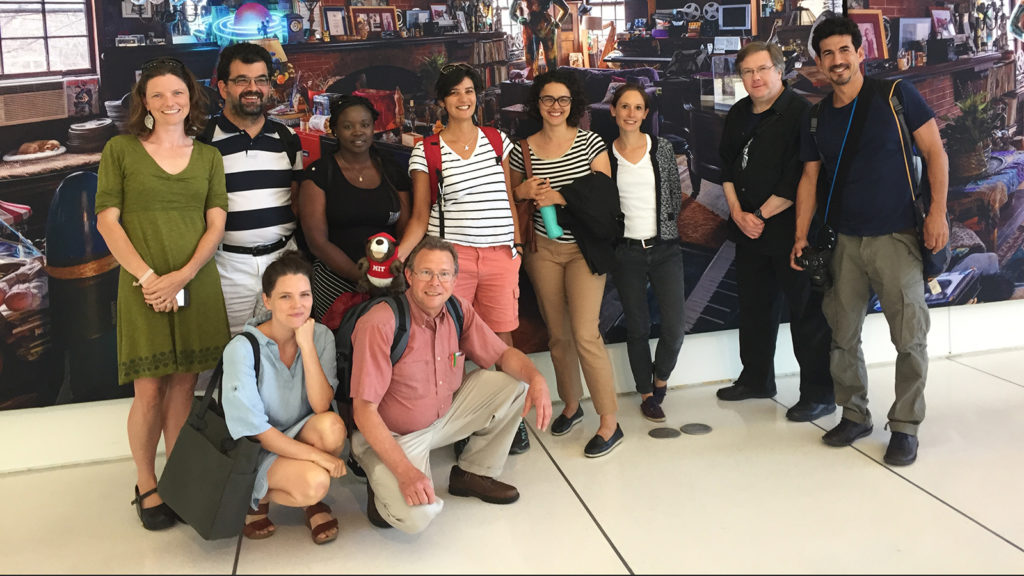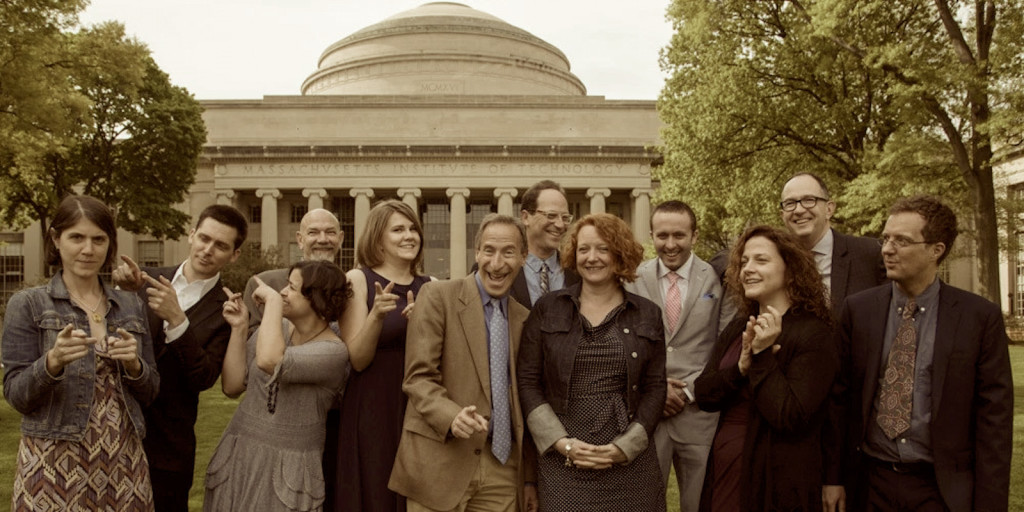On April 21-22, Undark’s senior editor and a KSJ fellow will be featured at the annual Association of Health Care Journalists conference in Orlando.
Climate Change: The View From 35,000 Feet
Steven Barrett of MIT tells the KSJ fellows that jets and their contrails could dash hopes of reversing global warming.
Author, Author, Author: Three Books From KSJ
Mark Wolverton, Meera Subramanian, and Maura O’Connor give practical advice about writing a book and getting it published.
Of fire and flat tires: The lives of KSJ fellows
To kick off their 2016-17 year, Knight Science Journalism fellows share stories from their careers — what they’ve learned and what they hope to take away.
Welcome 2016-’17 Fellows!
Another fellowship year got underway last week as 10 science journalists from around the globe arrived in Cambridge to begin a year of discovery and learning at MIT, Harvard, and beyond.
Calling All Science Journalists!
The application period for the 2016-17 Knight Science Journalism Fellowship program will open on January 1. Science journalists from around the world are encouraged to apply.


 "
" "
" "
" "
" "
" "
"